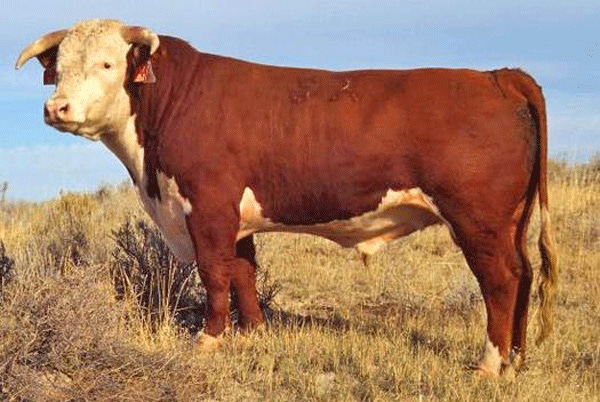
• The tax package passed by the U.S. Congress at the end of 2010 included language to reduce the top rate of the estate tax, commonly known as the death tax, to 35 percent; increase the exemption level to $5 million; index exemptions to inflation; and included a stepped-up basis.• There is not a one-size fits all solution for families planning their estates. Each family has to look at their operation as a business and determine the best succession plan.
February 7, 2011

Cliff Polk, estate planning specialist and founder and president of Rocky Mountain Financial Group, told cattlemen and women during the National Cattlemen’s Beef Association (NCBA) Tax and Credit policy committee meeting that estate planning is not just about estate taxes — it’s about people.
Polk has 30-years of experience providing financial services to agricultural families and assisting them in family succession planning to retain the farming or ranching operation.
“The new tax relief law extends for two years the Bush tax rates and expands the estate tax exclusion to $5 million or $10 million per couple. Specifically, the newly extended tax bill provides an opportunity for expanded gifting to $5 million, thereby, excluding the gift from inclusion in a future estate, regardless of changes in the estate tax laws after 2010,” Polk said.
“Over the past 30 years, I’ve worked with countless farming and ranching families to ensure they are able to hand their operation on to their children. This new law will provide necessary relief for two years, but we’d be doing everyone a disservice to ignore the fact that in two years we’ll have to readdress this issue.”
In-depth overview
Polk provided NCBA members with an in depth overview of the tax package passed by the U.S. Congress at the end of 2010 that included language to reduce the top rate of the estate tax, commonly known as the death tax, to 35 percent; increase the exemption level to $5 million; index exemptions to inflation; and include a stepped-up basis. Polk said the new law allows the deceased spouse’s estate to transfer to the surviving spouse without the complicated rules under previous law.
Polk highlighted for NCBA members the fact that the tax relief bill includes a two-year extension of income tax rates for all tax brackets and all capital gains and dividends. He said the law includes a two year patch of the alternative minimum tax and reinstates the research and development tax credit for two years.
In addition to providing a detailed overview of the law, Polk also told NCBA members certain steps and proper planning is necessary to ensure they meet estate tax exclusion levels.
He highlighted his work with a ranching family who without proper planning would have either faced a substantial estate tax bill or would have lost the farm. He said this family planned to ensure all children — those wishing to stay on the ranch and those who left the ranch — were taken into consideration when planning the family’s estate. He also said it is critical to take into consideration the parents’ needs in terms of retirement, possible long-term care requirements; and transition management.
“There is not a one-size fits all solution for families planning their estates,” Polk said. “Each family has to look at their operation as a business and determine the best succession plan. The next tax law will provide necessary relief from this onerous tax, but family-owned ranches need to take steps today to properly plan for the future of their operations. This industry, your industry, relies on it.”
You May Also Like



